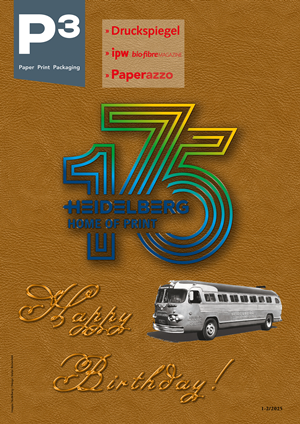P3 7-8/2022 en
Cepi III
To Support the EU’s Most Sustainable Industries, the ‘Fine Print’ in the CO2 Market Revision Will be Crucial
EU Policy Update
The EU carbon market forms the cornerstone of Europe’s plan to reduce its CO2 emissions by 55% until 2030, from a 1990 baseline. Final agreements on its mechanisms, published in early February, show that a number of ‘delegated acts’ will still be required to provide much-needed details. These delegated acts could take another two years before being published. For the EU’s industry, this spells uncertainty for achieving a highly increased target to cut 62% of its CO2 emissions by 2030.
Much debate has crystallised on the phasing out of free allowances to the EU industrial sector. They are a form of indirect support to the industry aiming to level the playing field with non-EU competitors, notably from countries where carbon pricing does not yet exist. Free allowances have also contributed to the paper industry investing between 4 and 5 billion euros annually to reduce its carbon footprint, reducing its emissions by 36% compared to 2005.
As free allowances are progressively retired from circulation, a mechanism to charge imports of products according to their carbon footprint, the CBAM, is meant to replace them. But for sectors such as pulp and paper, for which it has been clearly established that CBAM would not be a viable solution, it is unclear if and when the mechanism will enter into force and how to compensate companies having to purchase carbon market allowances to keep producing in Europe, while at the same exporting to countries where no carbon pricing rules exist.
Remaining allowances will be allocated through a calculation involving a system of benchmarks, including 11 pulp and paper products. The calculation formula and precise new benchmarks are expected to result in speeding up the phase out of free allowances even for best performers. In markets exposed to global competition, the paper industry like many other sectors cannot charge a ‘green premium’ on its customers to compensate for substantially higher production costs.
How tightly defined will be the technological investments now conditioning free allowances is another open item, potentially game-changing. Privileging some solutions over others could channel money towards technologies that will only provide results on the long-term and for large investments. This could create an ‘energy emission trap’ where EU companies invest in costly technologies while barely making a dent in their CO2 emissions on the short-term, and paying an increasingly high carbon price for it.
“The negotiation has entered its fine print phase. A one-year difference in the date that a given provision will enter into force, or a small change in the benchmark calculation could mean missing out on billions in potential green investments or a losing share of the EU market to more fossil-intensive competition. Time is ticking fast to the 2030 targets. The European manufacturers are increasingly squeezed between having unrealistically short time to implement the legislation or risking being an early mover only to discover that they are being penalised by the regulation,” comments Jori Ringman, Director General, Cepi.







